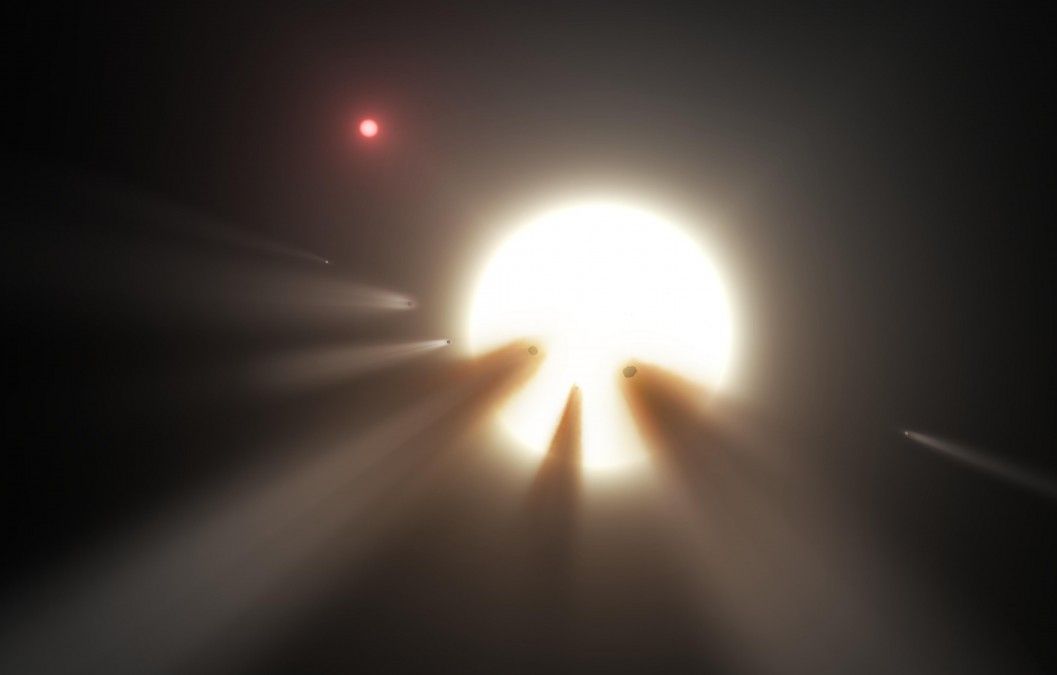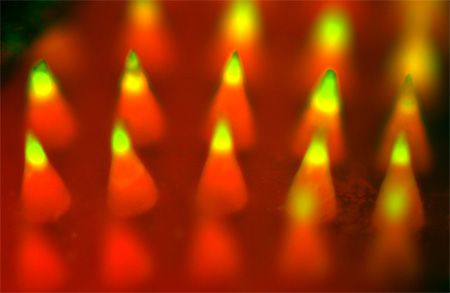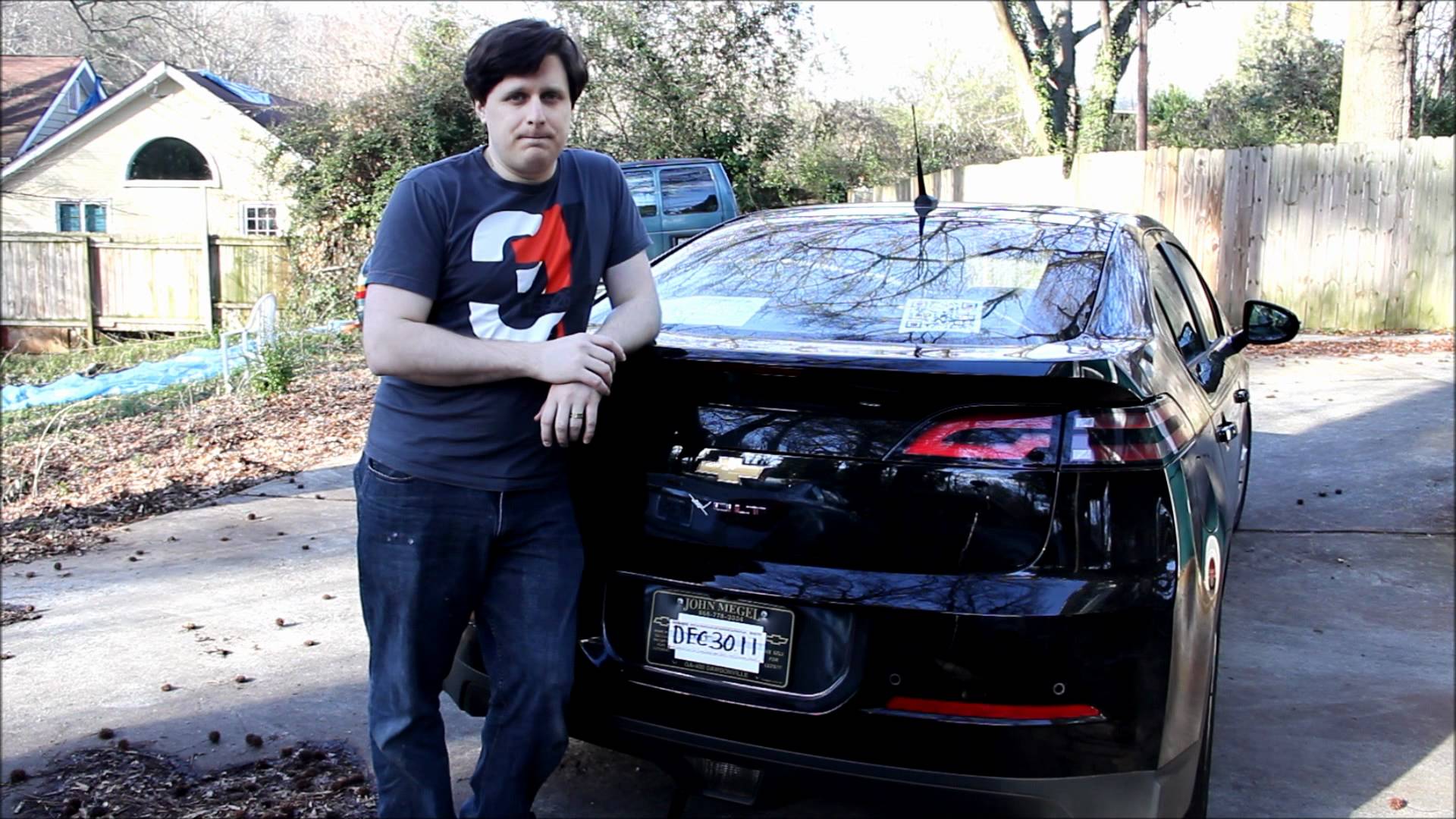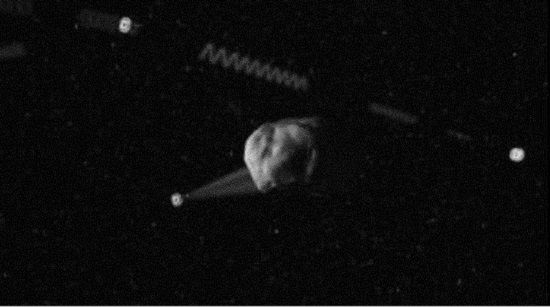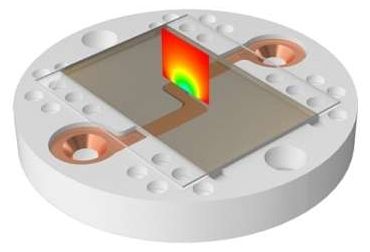Too soon to say whether Tabby’s Star, the Kepler star that garnered all the headlines late last year, actually harbors an alien megastructure or not. A new crowdfunding effort to fund global network of observations for the next two to three years should help resolve the matter. Don’t hold your breath.
Astronomers still can’t rule out the presence of an alien megastructure around Kepler star KIC 8462852 — located nearly 1500 light years away in the constellation of Cygnus. Strange dips in the star’s luminosity over four years of observations with NASA’s Kepler space telescope initially fueled such speculation, even though most of it was quickly dismissed.
But the currently most favored natural explanation for the strange light curves — a swarm of intervening planetary or cometary debris — remains largely unsatisfying. Thus, next month, a Kickstarter campaign will fund new ground-based observations to begin this summer that should bring more clarity to the situation.
